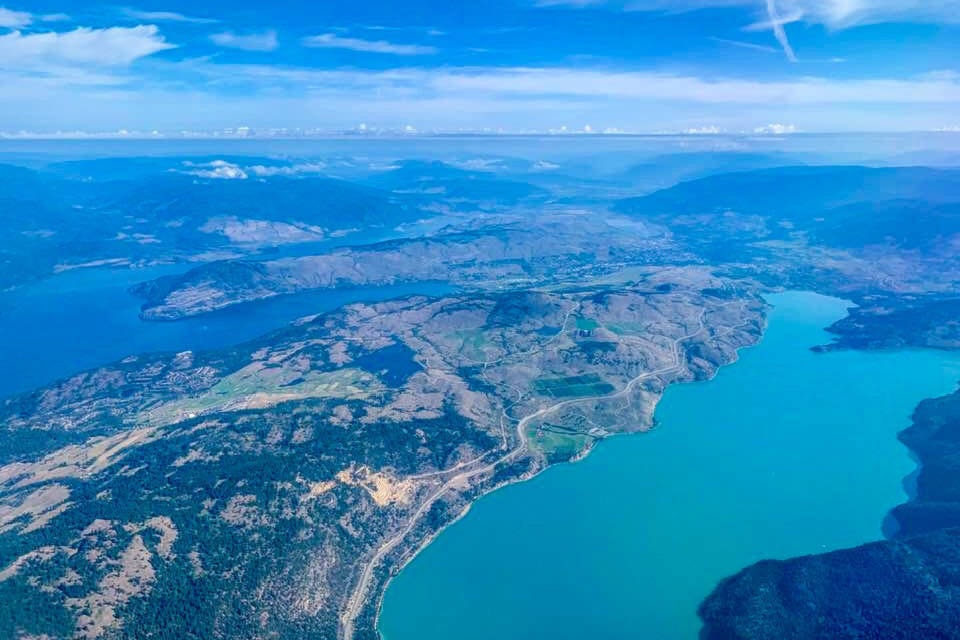It began as a resolution introduced by a Peachland district councillor in August calling for a review of how the water level of Okanagan Lake is managed.
Terry Condon said Peachland can’t continue to watch provincial flood control measures remain unchanged and expect a different result, costing the municipality thousands of dollars in flooding damage and protection costs.
Council adopted the measure with the idea of reaching out to the Regional District of the Central Okanagan and Okanagan Basin Water Board (OBWB) to strengthen lobbying efforts moving forward.
Since then, the OBWB has further engaged in pushing that message forward, challenging senior government about the need for better research data measurements to manage water supply and to upgrade the baseline study relied on for dictating Okanagan Lake water level settings which date back to the 1970s, long before climate change added an extreme variability to weather events across the valley.
READ MORE: Okanagan Lake monitoring strategy called outdated
READ MORE: Water board endorses Okanagan Lake management concerns
In an email response to a presentation to the water board by Tina Neale, director of climate risk management with the resilience and clean government branch of the provincial ministry of environment and climate change strategy, earlier this summer, OBWB executive director Anna Warwick Sears reiterated a January 2020 OBWB resolution for significantly more funding for data collectors — climate stations, groundwater wells, snow survey sites, hydrometric monitoring stations and water quality monitoring stations.
Neale is heading up a climate adaptation strategy for B.C. now in the works for more than a year developing a draft plan.
Shaun Reimer, in charge of managing the Okanagan Lake water levels, also spoke to the water board this fall, in response to concerns for both the water level management for Okanagan Lake and Kalamalka Lake.
Reiterating the ongoing conflict between agricultural and domestic needs across the valley and sockeye salmon and kokanee spawning needs, downstream south of the Penticton dam which controls water release levels.
Reimer did acknowledge the next step would be to do a gap analysis to determine the information needed to adopt changes to the existing Okanagan Lake Regulation System.
The original targets were developed as part of a consultative process and this would be required again to change them, he told the water board.
Specific to Kalamalka Lake level concerns, Reimer said ministry staff are investigating but there is a belief a blockage occurred impeding lake flows.
Regarding an update to the OLRS, Reimer suggested a study should be conducted on expanding the channel downstream in the U.S., which would include land acquisition to address downstream flood concerns and allow for a more reactive, rather than proactive, approach.
Reimer said managing the lake as it is done now, responding proactively and releasing water based on expected inflow, can cause issues in the case of a multi-year drought.
Like us on Facebook and follow us on Twitter.